
Robin Downing, DVM, DAAPM, DACVSMR, CVPP, CCRP, CVA, MS

Robin Downing, DVM, DAAPM, DACVSMR, CVPP, CCRP, CVA, MS in Clinical Bioethics, is a founder and past-president of the International Veterinary Academy of Pain Management. She owns Windsor Veterinary Clinic and The Downing Center for Animal Pain Management in Windsor, Colorado.
Articles by Robin Downing, DVM, DAAPM, DACVSMR, CVPP, CCRP, CVA, MS


This veterinary pain and bioethics expert has an issue with conventional terminology surrounding feline declaws.

How veterinarians can discuss options with clients for pets who need long-term pain medication.

As veterinary technology soars ahead, pet owners are left with a lot of choices about diagnostics and treatment to sort through. And what if even we as veterinarians arent quite sure what the right thing to do is? Thats where four basic principles of clinical bioethics pioneered in human medicine can come to the rescue.
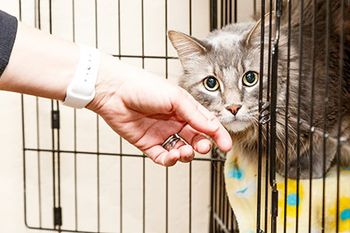
You cant guarantee that every patient or pet staying in your veterinary hospitals boarding wont get scared, but you can make some small tweaks to make their stay less stressful and more comforting.
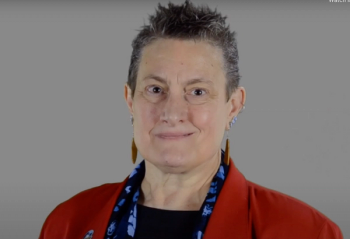
From "young animals don't feel pain the same as adults" to "my Lab peters out after a short walk," Dr. Robin Downing sets the record straight.

The linkages among inflammation, obesity, osteoarthritis and chronic maladaptive pain call for a multimodal rethinking of the best way to help our veterinary patientsincluding taking their fat compartments into consideration.

Tips for reducing fear, anxiety and stress in your surgical patients (and the people who own them).

This DVM says "the veterinary nurse is a sister profession"and a critical part of the veterinary healthcare team.

Declawing is a barbaric procedure that violates bioethical principles and sets feline patients on a path to chronic maladaptive pain.
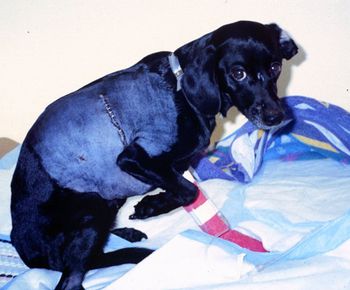
Gone are the days that a veterinarian allows pain to linger because it'll soon subside, right? Sadly, not in every clinic. Here are some signs and situations to look for so you can step in and save the day.
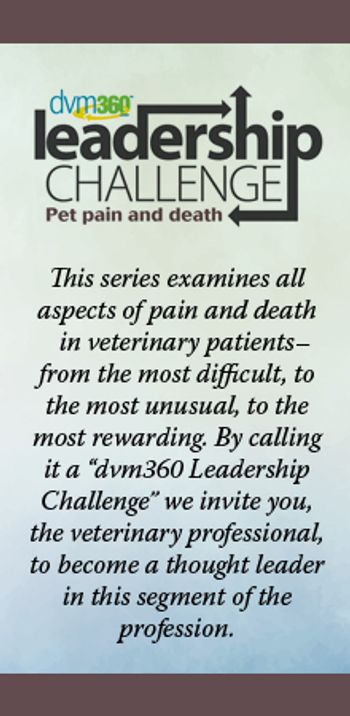
Every dying pet deserves a plan. Consider these inspiring case studies and tips for to illustrate the power you have in veterinary medicine to help pets live longerwith a better quality of lifefor days, week or months on their path to a peaceful death.
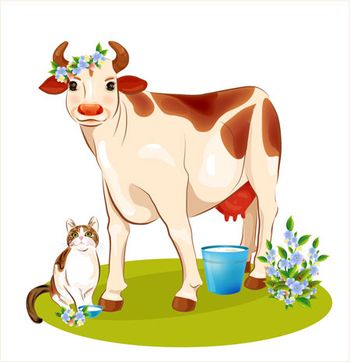
This milk protein concentrate from the milk of hyperimmunized cows, should be your next big moo-ve toward managing pain in feline patients

Help kitties in your clinic todayand minimize your risk for errorwith these tips from Dr. Robin Downing.
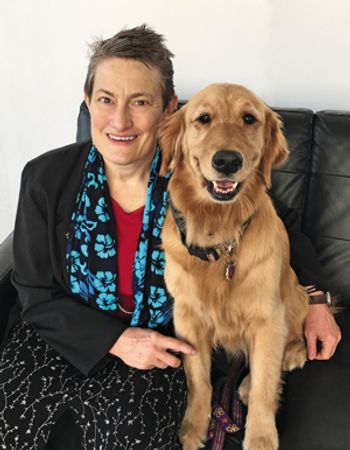
Veterinarians don't have "the magic bullet" yet to arrest or reverse degenerative joint disease in pets, so pain practitioner Robin Downing, DVM, MS, DAAPM, DACVSMR, CVPP, CCRP, says patients need, not just initial visits, but regular reassessment at their neighborhood veterinary hospital.

Dr. Robin Downing tells us about three exciting updates in pain management, along with her most special pain management case.
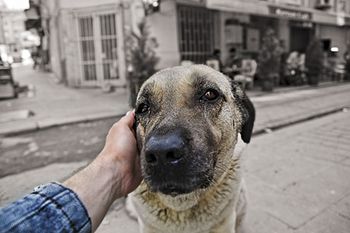
Why borrowing four principles of human clinical bioethics will enhance the lives of our veterinary patients.

Dr. Robin Downing explores the link between fear and pain in your feline veterinary patients.
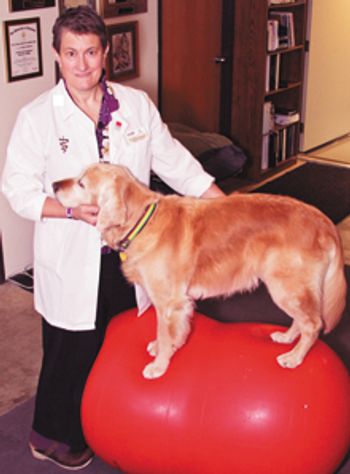
Debilitating back pain meant putting her life on pause. Now she's backwith a lot to say about protecting pets in pain.
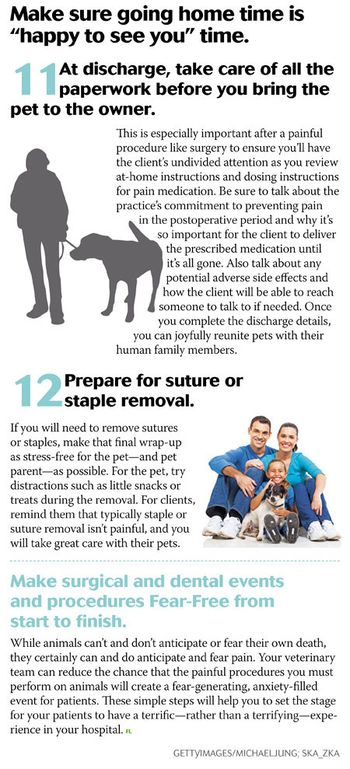
Is the shadow of pain haunting pets at your veterinary practice? Shine a light on pain management to help dispel pets' fear.

Q: We're getting some clients who don't want to pay for and don't see the need for some at-home pain control drugs. Can you offer us any tips for explaining the value and importance of pain control for pets?
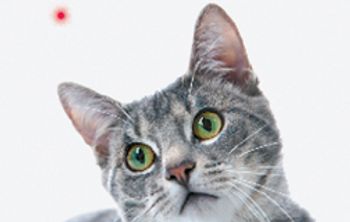
Dr. Robin Downing describes the emerging role bioethics can play in veterinary medicine-from dental procedures to behavior therapy to end-of-life care.

Keep pet owners informed every step of the way.

Matters of the heart make for difficult choices. Pet owners may need assistance sticking to the facts.

Being honest with yourself about the day-to-day grind of practice life is essential.

Pet owners need to be educated on the difficult topic of end-of-life care.

Our moral imperative is to advocate on behalf of a being that cannot advocate for itself, and that means preventing and treating pain. Our patients at the end of their lives can (and often do) encounter both acute and chronic pain. We must keep our eyes, ears, and mind open to "see" pain in these patients, and leverage the many tools we have available, both drug and non-drug.

Everyone knows that veterinary practices are busy places! There is always something going on - the phone is ringing, clients are coming in the door, and beloved pets need our help. The life of a veterinary healthcare team member is hectic.

There are so many calculations to be made during a typical day in a veterinary practice - antibiotic doses, fluid flow rates, anaesthetic and analgesic doses. Every time someone makes a calculation there is a chance for a mistake. Unfortunately, even a small miscalculation can spell disaster for an animal patient.

When practicing from the perspective of compassionate care, veterinarians and their health care teams dedicate themselves to always advocating for what is best for the pet - advocating on behalf of a being that cannot advocate for itself. By advocating for what is best for the pet, we are actually advocating on behalf of the Family-Pet Bond. Veterinary health care providers make choices daily about the level of care they provide. Every day you have the opportunity to choose compassionate care.
Latest Updated Articles
 End of life: hospice & palliative care (Proceedings)
End of life: hospice & palliative care (Proceedings)Published: November 1st 2010 | Updated:
 Doing more with less: working more effectively–part 1 (Proceedings)
Doing more with less: working more effectively–part 1 (Proceedings)Published: November 1st 2010 | Updated:
 Doing more with less: working more effectively–part 2 (Proceedings)
Doing more with less: working more effectively–part 2 (Proceedings)Published: November 1st 2010 | Updated:
 Knock your clients' socks off with compassionate care: part 1 (Proceedings)
Knock your clients' socks off with compassionate care: part 1 (Proceedings)Published: November 1st 2010 | Updated:
 Knock your clients' socks off with compassionate care: part 2 (Proceedings)
Knock your clients' socks off with compassionate care: part 2 (Proceedings)Published: November 1st 2010 | Updated:
 Handling the hard topic of end-of-life care options with veterinary clients
Handling the hard topic of end-of-life care options with veterinary clientsPublished: May 24th 2012 | Updated:

